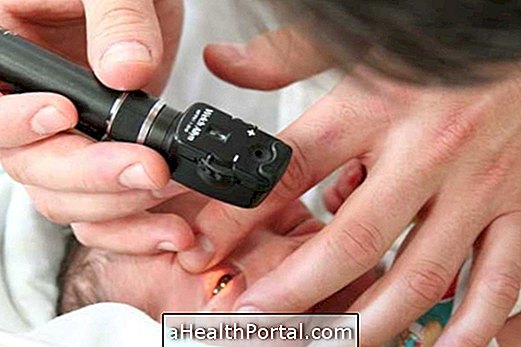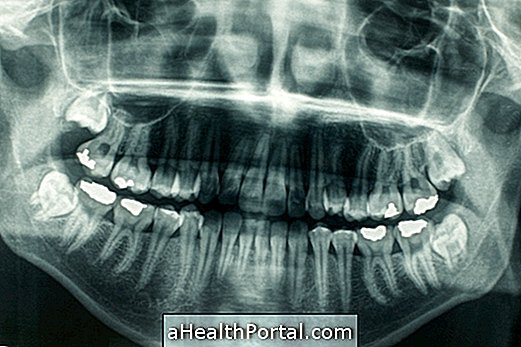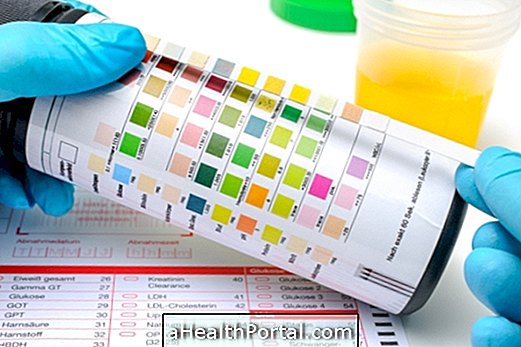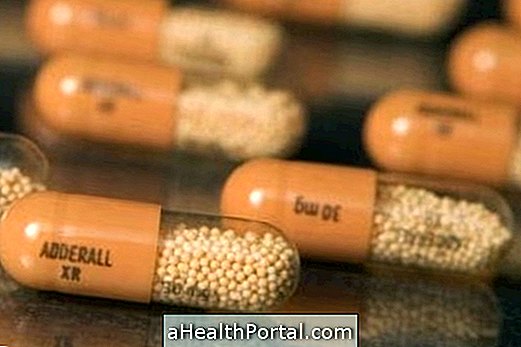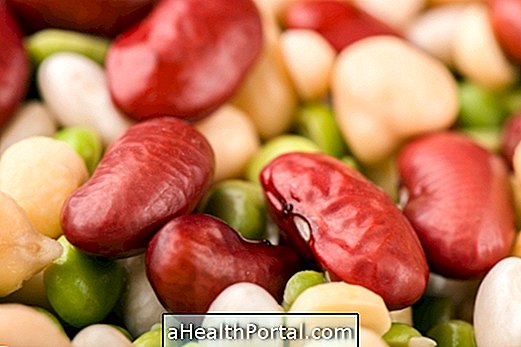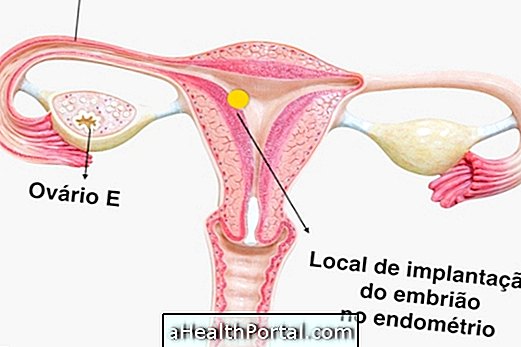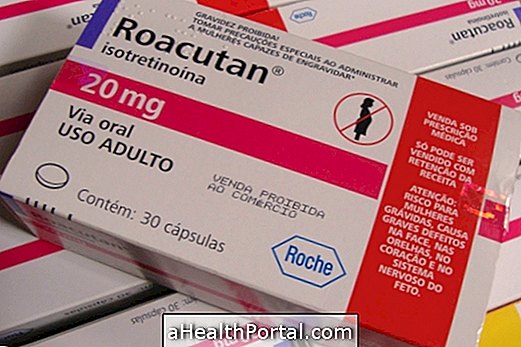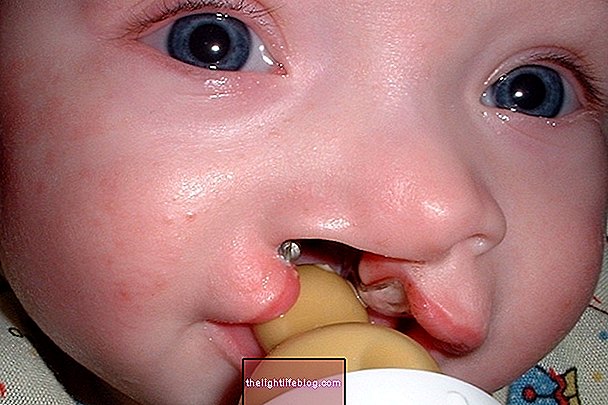The glucose test, also known as glucose test, is done with the purpose of checking the amount of blood sugar, being the main test performed to diagnose diabetes. See what are the symptoms of diabetes.
To perform the test it is necessary that the person is fasting, so that the result is not influenced and the result can be a false positive for diabetes, for example. From the result of the examination, the doctor may indicate readjustment of the diet, use of antidiabetic medicines, such as Metformin, for example, or even insulin.
Reference values for fasting glucose test
The reference values for fasting glucose test are:
- Normal: less than 99 mg / dl;
- Pre-diabetes: between 100 and 125 mg / dl;
- Diabetes: greater than 126 mg / dl on two different days.
The fasting time for the fasting glucose test is 8 hours, and the person should not eat or drink anything during this time. In addition, the person should not smoke before the examination and should avoid making efforts.
Know your risk of having diabetes by taking the following test:
- 1
- 2
- 3
- 4
- 5
- 6
- 7
- 8
Learn about your risk of developing diabetes
Start the test


- Male
- female

- Less than 40 years
- Between 40 and 50 years
- Between 50 and 60 years
- Over 60 years



- Greater than 102 cm
- Between 94 and 102 cm
- Less than 94 cm

- Yes
- Not

- Two more times a week
- Less than twice a week

- Not
- Yes, relatives in 1st grade: parents and / or siblings
- Yes, relatives in 2nd grade: grandparents and / or uncles
Glucose intolerance test
The glucose tolerance test, also called a glucose curve test or TOTG, is done fasting and consists of glucose or dextrosol intake after the first collection. In this examination are made several dosages of glucose: fasting, 1, 2 and 3 hours after ingestion of the sugary liquid provided by the laboratory, being necessary that the person remains in the laboratory practically all day.
This test helps the doctor diagnose diabetes and is usually done during gestation, since it is common for glucose levels to increase during this time. See how the glucose tolerance test is done.
TOTG reference values
The reference values of the glucose intolerance test refer to the glucose value 2 hours or 120 minutes after glucose intake and are:
- Normal: less than 140 mg / dl;
- Pre-diabetes: between 140 and 199 mg / dl;
- Diabetes: equal to or greater than 200 mg / dl.
Therefore, if the individual has a fasting plasma glucose greater than 126 mg / dl and a blood glucose level of 200 mg / dl or greater than 2 h after ingesting glucose or dextrosol, it is likely that the person has diabetes and the doctor should indicate the treatment.
Glucose Testing in Pregnancy
During pregnancy it is possible for the woman to have changes in her blood glucose levels, so it is important that the obstetrician requests the dosage of glucose to check if the woman has gestational diabetes. See the symptoms and risks of gestational diabetes.
The requested test may be either fasting glucose or the glucose tolerance test, whose reference values are different. Understand how the test is done for the diagnosis of gestational diabetes.

